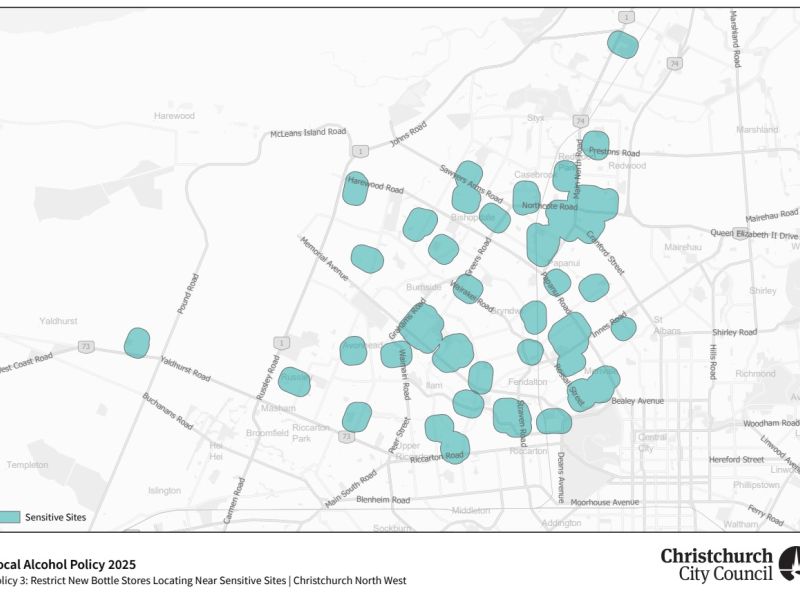What we propose and why?
We propose that all off-licence retailers across the district would only be able to sell alcohol until 9pm at the latest each day. This includes all bottle stores, supermarkets, small grocery and convenience stores, wineries and other venues that hold an off licence.



















